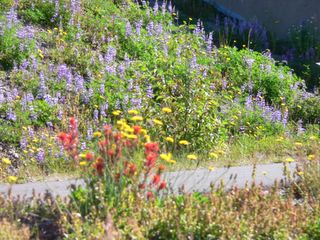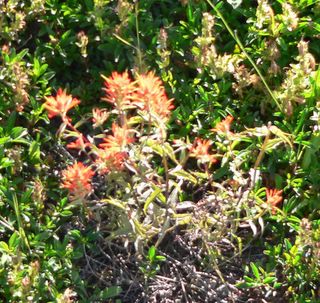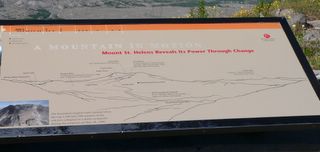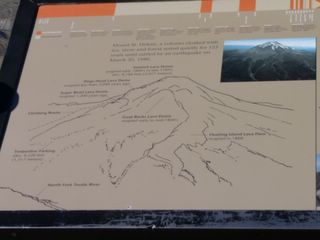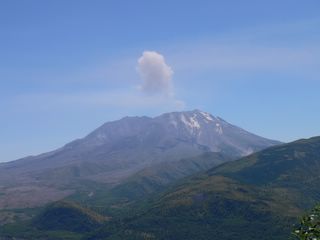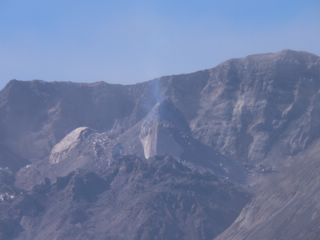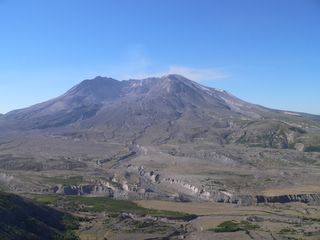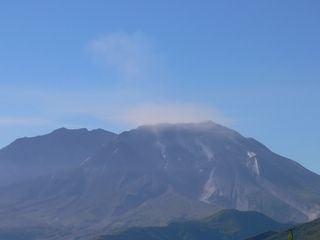bacgrand's travel blog
a way for me to share pictures and notes with family and friends as I travel... first time viewers should realize the most recent postings will be at the top and the photos designed to be sequentially viewed will seem reversed--ENJOY!
Saturday, July 30, 2005
Thursday, July 28, 2005
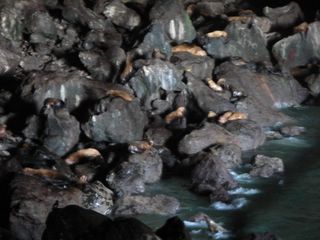
Here's a group shot--large colony but no pups yet. They give birth out on the rocks and bring the pups inside only in storms now but will all winter inside. These are year round quarters but some of them travel north to Alaska too--not sure which ones--but Jordan and I saw them on our Alaskan adventure.


Stellar Sea Lions in their own cave, along the OR coast just north of Florence. They were some distance away and my pics didn't do too well--needed more lessons, son( or daughter) but I shot and hoped. These caves are hundreds of feet below the roadway and reached by an elevator now. Used to be, climbing a stair was the only way to gain access---glad they added an elevator!!

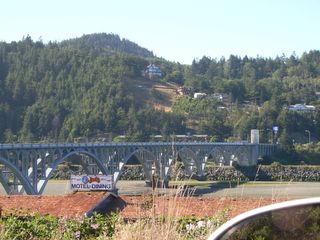
The 1932 built bridge over the Rogue river--now being refurbished(enclosure over the tower at the right of photo)--expected to be completed by fall of this year. 1932 feet long--story goes that it was due to be done in 1928 but would have been short by 4 feet, if completed then, so they waited until 1932! Good story, anyway. Memorable to me, 'cause my parents were married in Dec of that same year.

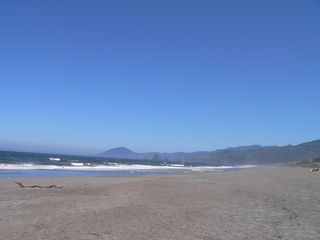
This beach was good for wading and rock collecting, because I'm in river country now, and these rocks are washed out of the rivers into the ocean, churned around, polished, and redeposited back onto the beach for us to find(and collect). Many 'rock hounds' are found, at very low tides or after storms, looking for prise agates along these OR beaches. I just collected pretty 'rocks'.

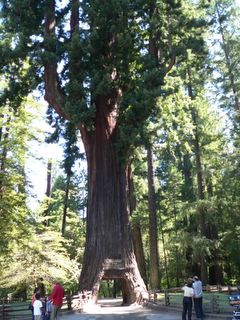
Leaving the ocean side of the coast, these giants are to be found but only in a narrow band of land. These are the tall Coastal Redwoods--not to be confused with the Giant Sequoias found inland. These giants need the fog to survive--moisture. And the cooler temperatures of these mountains--only on the coast side of the range, too.

